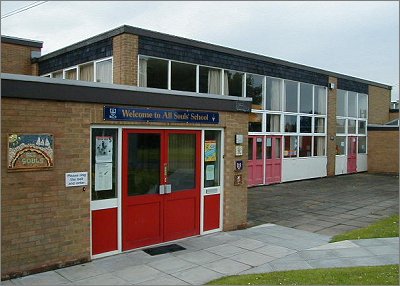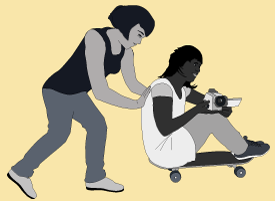While writing about various form of art that inspire me, I thought I would take the time to mention my personal favourite painter. I have always preferred a more classical style of painting rather than abstract pieces (Surrealism e.g. Dali excepted), and as such I am particularly drawn to the works of Jack Vettriano.
Of all his paintings, my personal favourite was decided when I spotted a print, rare as it was, of There's Always Someone Watching You in a shop window. It caught my eye immediately with its striking composition; the flatness of the image created a dynamic between characters which conveyed strongly an imposing sense of fear, mystery and tension.
The venetian blinds cleverly disguise the identity of the man in the painting, and create a partial silhouette, strengthening his presence along with the way that his body hangs over the woman, framing her entirely within himself. Additionally, the choice of male in a dominating role lends a sense of sexuality to the image. The small gaps through which we see buildings outside creates a desire to see more, and as a result conveys the feeling of being trapped inside. The arrangement is made more powerful by the difference in height between subjects, and the static posture of each suggests silence, tension and uneasiness.
This is further complemented by the symmetry of the image, with horizontal and vertical lines running in parallel giving a rigid structure. The inclusion of objects such as an ashtray, cigarette and dishes both help to set the scene and suggest interrupted activity, furthering the aforementioned static effect and allowing the observer to imagine events beyond this moment depicted in paint.
The hard lighting creates dark shadows and allows a strong contrast, surrounding the woman with dark areas. In addition, the contrast of warm and cool colours punctuates the transition between an ordinary moment in a comfortable environment and the imminent threat posed by the male figure. Contrasting a bright exterior with a dull interior also accentuates the unsafe feeling we can relate to with the female figure.
After studying the painting I actively searched for other works by the same artist, and his works inspired an aesthetic and setting which I plan to utilise in a future short film. The compositional techniques Vettriano employs also continue to be an invaluable source of reference and inspiration.













